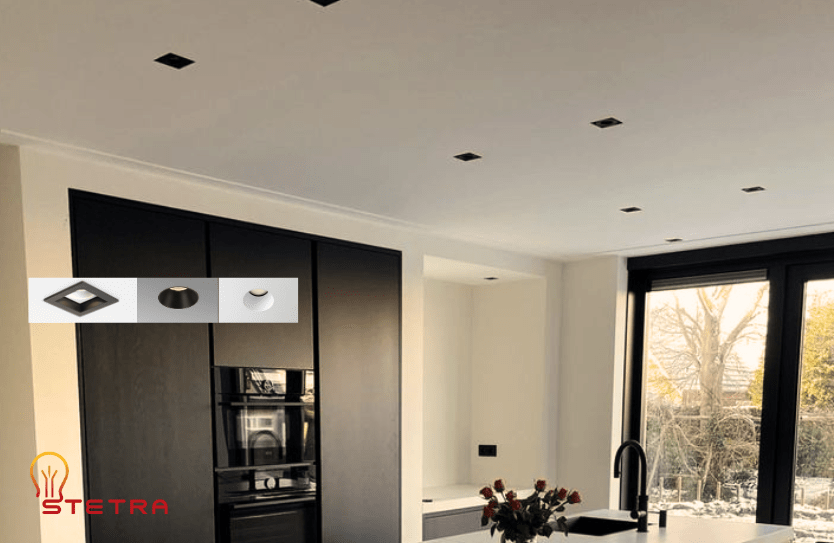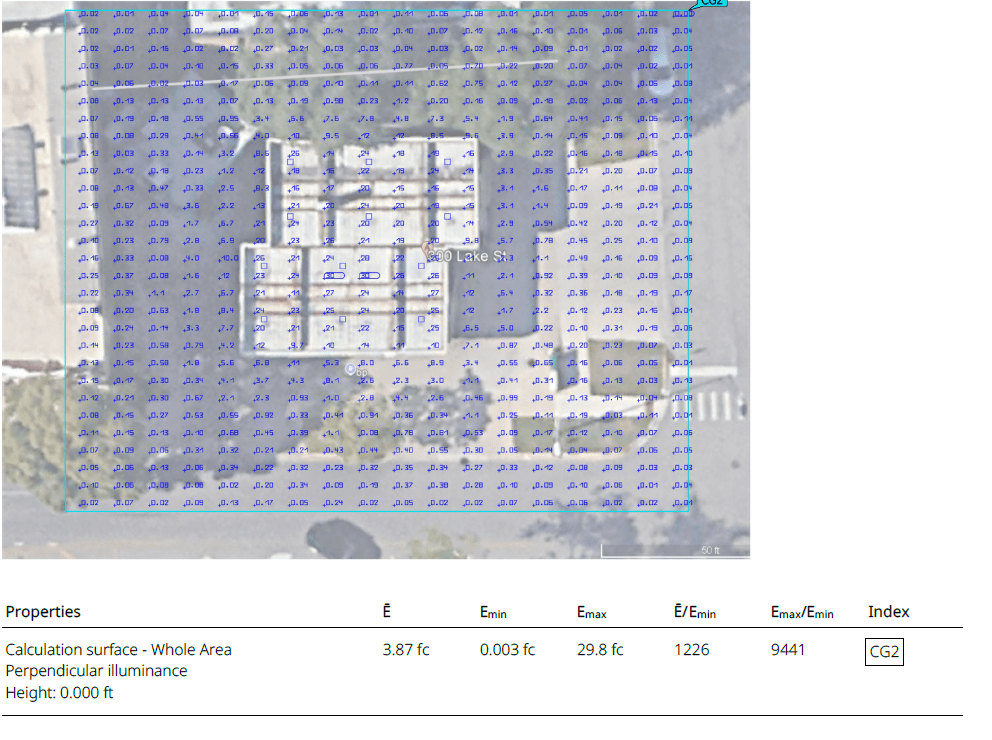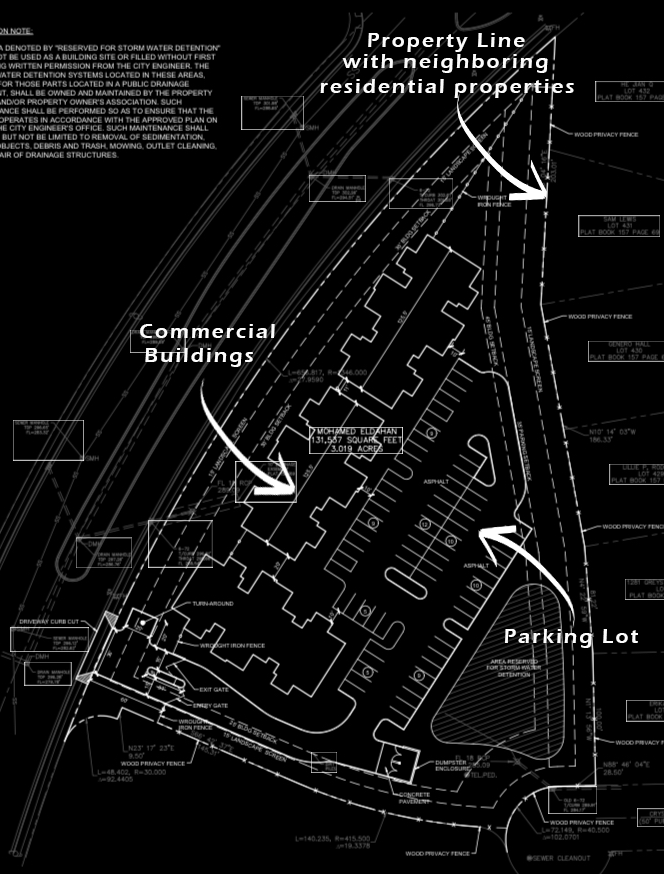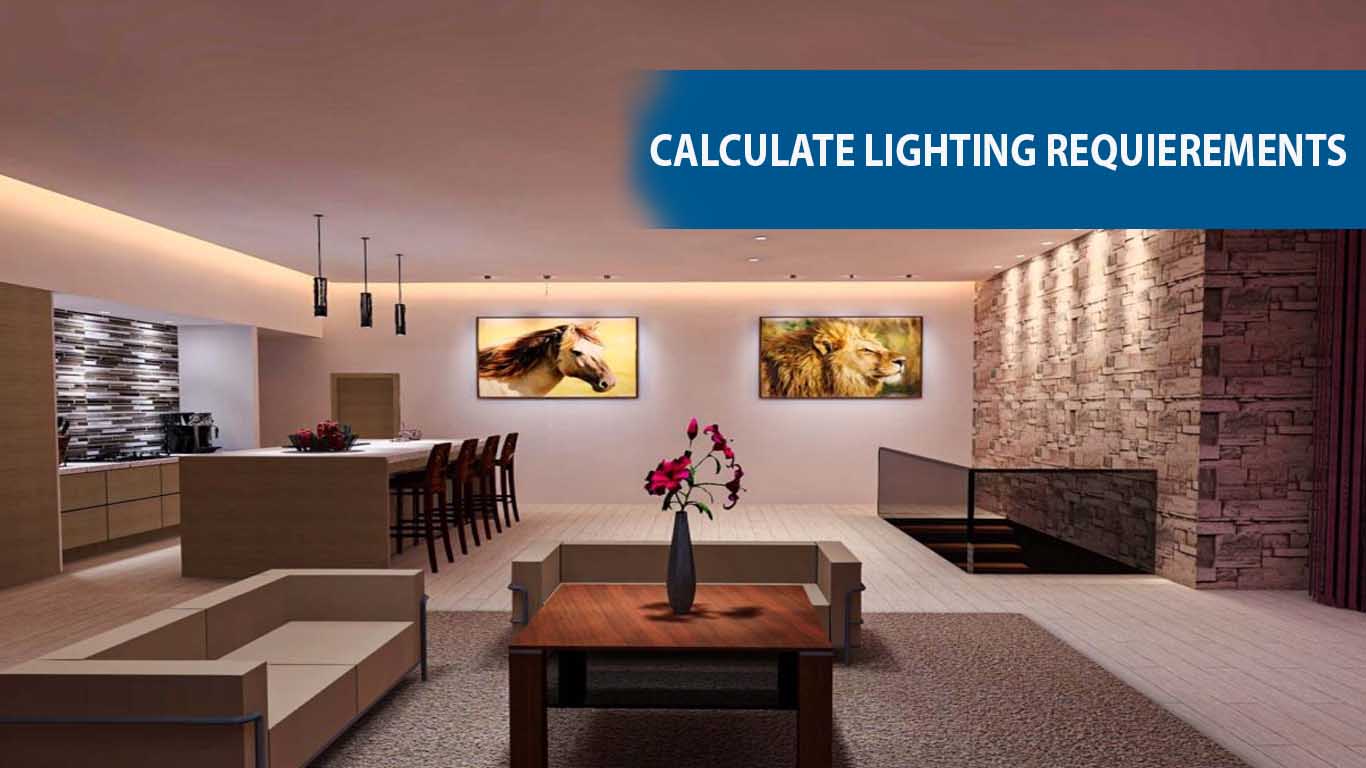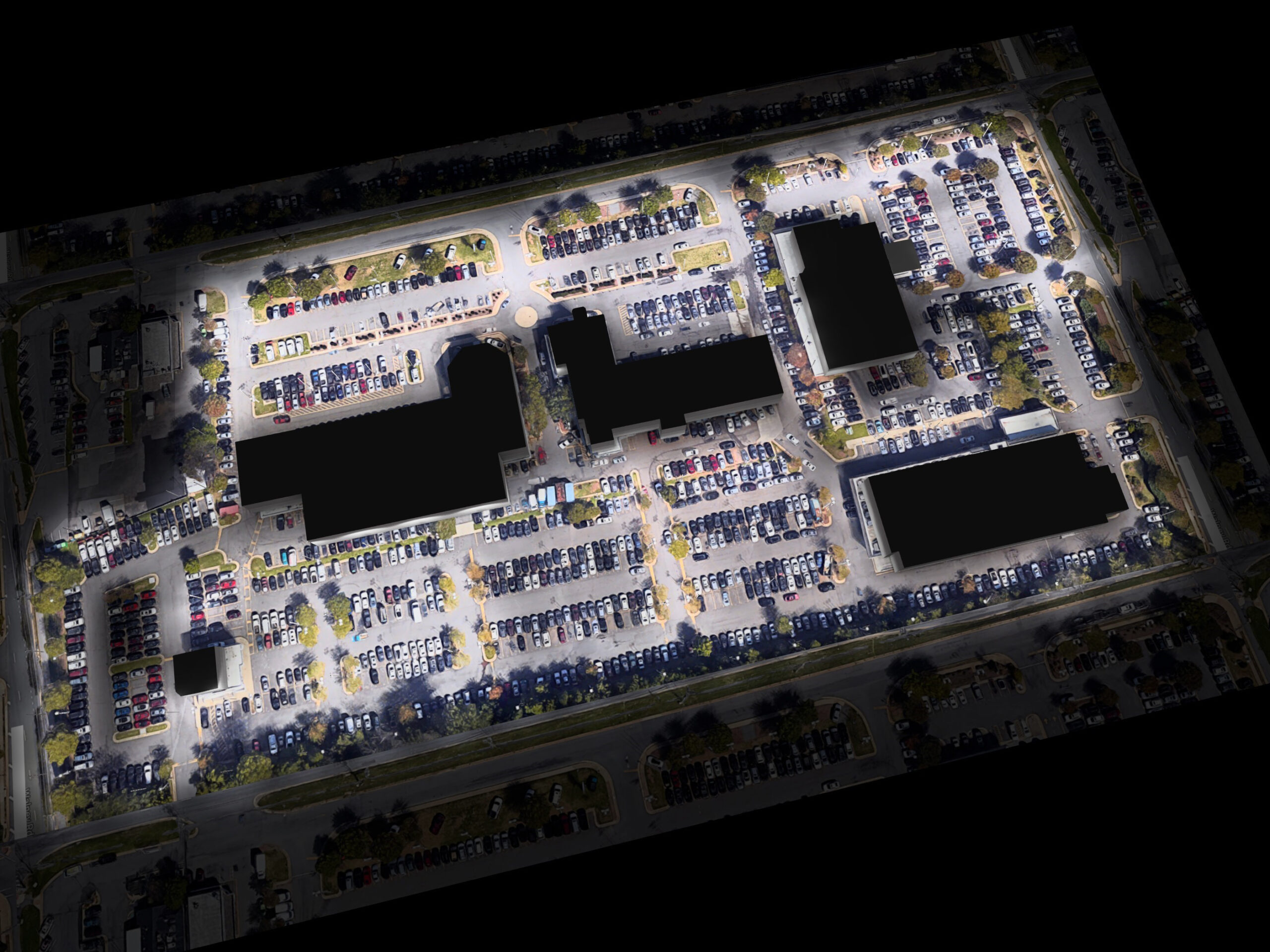Facade lighting transforms the look of any building by adding character and charm. By using lights thoughtfully, it brings buildings to life at night. Whether it is for historical landmarks or modern commercial spaces, facade lighting has both aesthetic and functional purposes. In this guide, we will explore what facade lighting is, why it is important, and how you can make the most of it.
What is Facade Lighting?
Facade lighting means illuminating a building’s exterior to highlight its features and make it visible at night. Lights are strategically placed to add depth and make building details stand out. Consequently, facade lighting does more than simply brighten the building; it creates an experience and gives the building a unique personality.
The Benefits of Facade Lighting
This lighting technique provides numerous benefits that go beyond just visibility. Let’s explore why it can be a true game-changer for your building:
Enhances Aesthetics
This type of lighting highlights architectural features that make a building unique. It brings out textures, shapes, and decorative elements that are often overlooked during the day. Moreover, it adds depth and drama, ultimately transforming how people perceive the building at night.
Provides Safety and Security
A well-lit facade significantly improves safety around the building. It ensures that walkways, entrances, and paths are visible, which reduces the risk of accidents. In addition, well-lit exteriors help deter potential intruders, thereby making the building less attractive for criminal activity.
Branding and Recognition
For commercial buildings, exterior lighting helps create a strong brand identity. A striking design makes the building recognizable and helps it stand out from others. In cities filled with similar-looking structures, a unique lighting design can make your building an iconic landmark.
Key Techniques in Facade Lighting
Lighting involves using various techniques to achieve different effects, each tailored to the building’s architectural features and the desired outcome. Below, we explore the main techniques:
1. Uplighting
Uplighting involves placing lights at the base of the building to cast light upwards. This technique draws attention to vertical features, such as pillars or statues, giving the building a majestic and impressive look.
- When to Use: Uplighting is ideal for emphasizing tall features like columns or statues.
- Considerations: However, be careful to avoid light pollution or glare that may affect nearby properties.
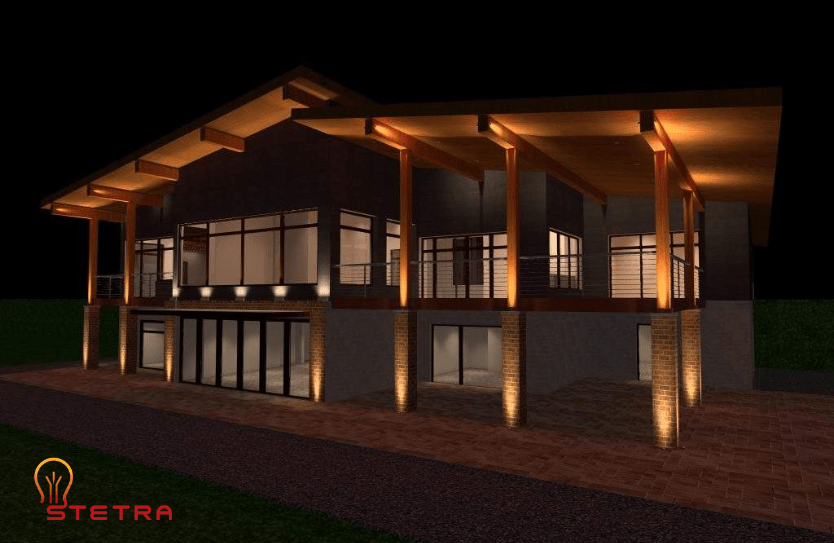
2. Downlighting
Downlighting directs light from a height, usually from the building’s roof or ledges, to cast light downwards. It creates a subtle wash of light that enhances textures and provides a clean look. This technique works well for highlighting entrances or pathways.
- When to Use: Downlighting is perfect for entrances, doorways, or pathways that need subtle lighting.
- Considerations: It is important to conceal the light source to avoid harsh shadows or direct glare.
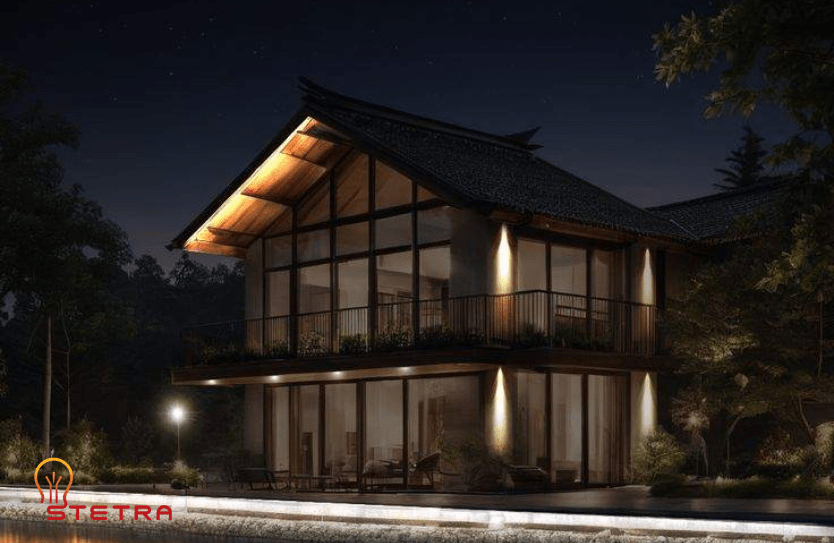
3. Grazing
Grazing is used to highlight the textures of surfaces like brick or stone. By placing the light close to the building, it grazes the surface, emphasizing the material’s texture. As a result, this technique adds depth and drama, giving the building an intriguing appearance.
- When to Use: Grazing is effective for facades with interesting textures or detailed materials.
- Considerations: Place the light close to the surface to bring out the texture without unwanted shadows.
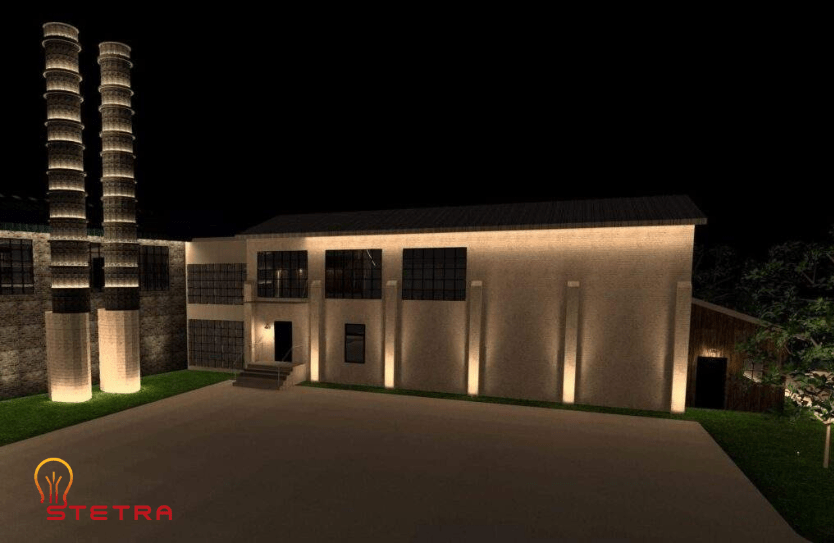
4. Floodlighting
Floodlighting uses wide-beam lights to cover larger sections of a building. This technique is ideal for emphasizing the entire facade, making it visible from afar. Therefore, floodlighting works particularly well for monumental or iconic buildings.
- When to Use: Ideal for highlighting an entire building or historical structure.
- Considerations: Be sure to avoid over-lighting to maintain definition and prevent the building from looking flat.
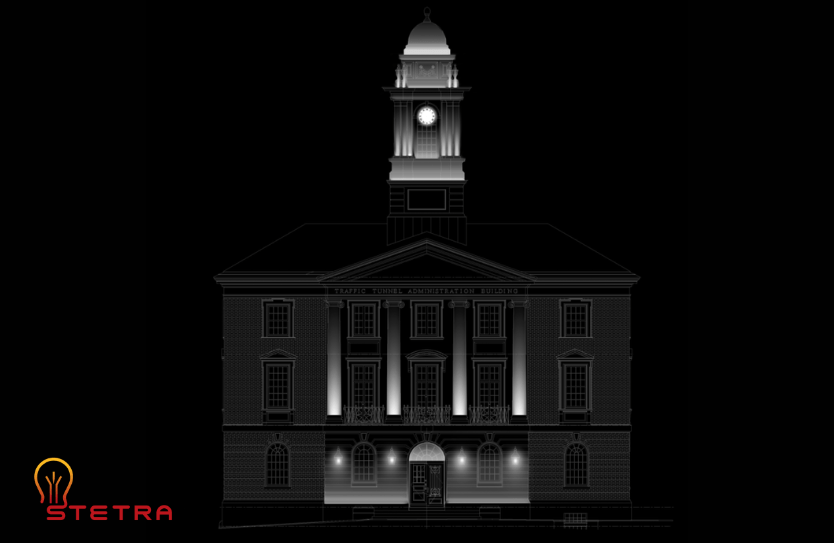
Key Considerations for Effective Facade Lighting Design
When planning facade lighting, attention to detail is crucial to achieve a stunning effect without compromising the building’s integrity. Here are some important considerations:
1. Architectural Elements
The first step is to identify which parts of the facade are worth highlighting—such as columns, arches, or decorative details. The goal is to enhance these elements without overwhelming the building. Therefore, selective highlighting makes the building’s unique character shine through.
2. Light Color and Temperature
The color temperature of lighting greatly impacts the building’s appearance. Warm light (2,700K to 3,000K) creates an inviting atmosphere, while cooler light (4,000K to 6,500K) lends a modern, sophisticated feel. Colored lighting can also be used for special effects, but it should be chosen carefully to complement the building’s design.
3. Lighting Control Systems
Using control systems, dimmers, and timers allows you to adjust the lighting for different events or times of day. This not only helps create a dynamic effect but also saves energy. For example, lighting can be bright during peak evening hours and reduced late at night to conserve energy.
4. Minimizing Light Pollution
Excessive lighting can cause light pollution, which is not only wasteful but can also disturb the surrounding environment. Therefore, carefully directed lights and shielding can help minimize unnecessary spill light and focus the light only where it is needed.
Applications of Facade Lighting
Exterior lighting is used for various building types, each with its own set of goals and effects:
- Residential Buildings: In residential settings, lighting adds curb appeal and improves security. Soft uplighting or downlighting around doors and windows helps create a welcoming atmosphere.
- Commercial Buildings: In commercial properties, this type of lighting is used for branding and making the building easily identifiable. Consistent lighting designs can reinforce the building’s visual identity.
- Historical Landmarks: Historical buildings often have intricate details worth highlighting. Carefully applied lighting is used to accentuate these features while preserving the building’s character. Furthermore, careful use of warm lighting can give the building an elegant and timeless look.
Energy Efficiency in Facade Lighting
Modern exterior lighting increasingly uses LED lights because of their energy efficiency and durability. LEDs offer a wide range of color options, low energy consumption, and long lifespans compared to traditional lighting. In addition, LED lights require minimal maintenance, making them a cost-effective choice for building owners. By choosing LED lighting, you can achieve impressive visual effects without a heavy environmental impact.
Conclusion: Bringing Buildings to Life at Night
Facade lighting is about more than just adding lights to a building—it is about creating an experience. It adds character, enhances architectural features, and makes a building memorable. Whether it is a residential property, a commercial building, or a historical landmark, choosing the right lighting techniques can make all the difference.
Therefore, thoughtful planning, proper techniques, and attention to detail can ensure that your building stands out beautifully at night. Moreover, investing in exterior lighting adds value to a property, creates a welcoming environment, and ensures safety. To bring your vision to life, consulting with lighting experts can make all the difference in achieving the perfect result.
To bring your vision to life, consulting with lighting experts can make all the difference in achieving the perfect result. Explore our professional lighting services at Stetra Lighting and let us help you create a stunning facade lighting design that meets your needs and exceeds expectations.


